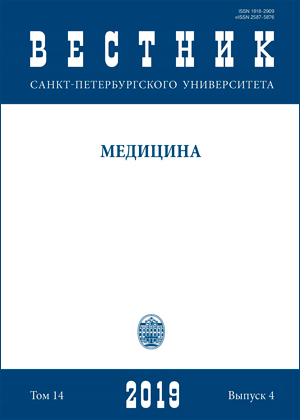Immune system as a part of regulatory and integrating apparatus of the body: A biomedical philosopheme*
DOI:
https://doi.org/10.21638/spbu11.2019.403Abstract
This conceptual article addresses different underrecognized aspects of the immune system physiological activities. These ones include: the role of the immune system and physiologic autoimmunity in maintaining normal body’s own cell populations; its involvement in placentation and mother-to-fetus interactions; its embedding into immune-neuroendocrine communicative and integrating apparatus designated first of all for support of unique multicellularity of the organism and for regulation of its somatic cells’ growth and life. Besides cytokines, a powerful instrument of somatic regulation is agonistic (functional) autoantibodies, able to act on their receptors in hormone-like manner. The regulatory potential of antiidiotypic immunity is underappreciated. There is evidence, that anti-idiotypic antibodies can create internal immunological images and copy the ligand properties of different bioregulators and even drugs. What makes the regulatory interactions even more complex is the fact that antibodies are capable of penetrating living cell membrane, permeating the nucleus and produce a wide spectrum of regulatory effects on transcription, translation and post-transcription modifications.
Keywords:
agonistic autoantibodies, functional autoantibodies, idiotype-antiidiotypic network, immunoglobulin-mediated regulation, antinuclear antibodies, physiologic autoimmunity, anti-receptor antibodies, gene expression, immune homunculus (immunculus)
Downloads
References
References
Downloads
Published
How to Cite
Issue
Section
License
Articles of "Vestnik of Saint Petersburg University. Medicine" are open access distributed under the terms of the License Agreement with Saint Petersburg State University, which permits to the authors unrestricted distribution and self-archiving free of charge.




